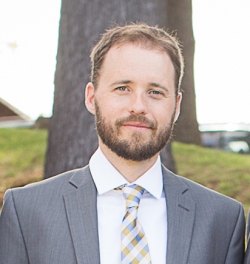Drone Lidar 2.0
Over the past decade, aerial lidar has become a transformative tool for archaeology, enabling the discovery and documentation of vast, previously unknown ancient cities, agricultural landscapes, and ritual installations around the world. Using a low energy laser to scan the surface of the earth, lidar produces high-resolution topographic data, penetrating tree canopy and other dense vegetation and helping to reveal otherwise hidden archaeological features. Yet most lidar data are collected by a costly aircraft-mounted instrument, making aerial lidar surveys extremely expensive to conduct and thereby limiting the ability of researchers to deploy this powerful technology. Thanks to rapid developments in compact, low-cost lidar systems alongside ever more sophisticated drone technology and processing software, it is now possible to collect very high-resolution lidar data using a drone-mounted sensor, but the utility of these new systems for archaeological research remains largely untested.
Building on previous Comp-X supported research, this project will use a new, ultra-compact DJI L1 lidar sensor deployed on the Matrice 300 drone to undertake lidar surveys at several key archaeological sites in forested regions. We plan to use the lidar system to investigate 1) an ancestral Puebloan settlement at Picuris Pueblo, New Mexico, where stone built houses and agricultural terraces are hidden below pinon-juniper forest, 2) at the Menominee Reservation, Wisconsin, where remains ancient house basins, raised fields, and ceremonial mounds are present throughout forests, and 3) in the Upper Connecticut Valley in New Hampshire and Vermont where both historic and prehistoric archaeological features are obscured by mixed deciduous-evergreen forest. The project will explore the opportunities and challenges of this new generation of drone lidar technology, revealing many previously undocumented archaeological features and facilitating a range of other projects by Dartmouth researchers.










